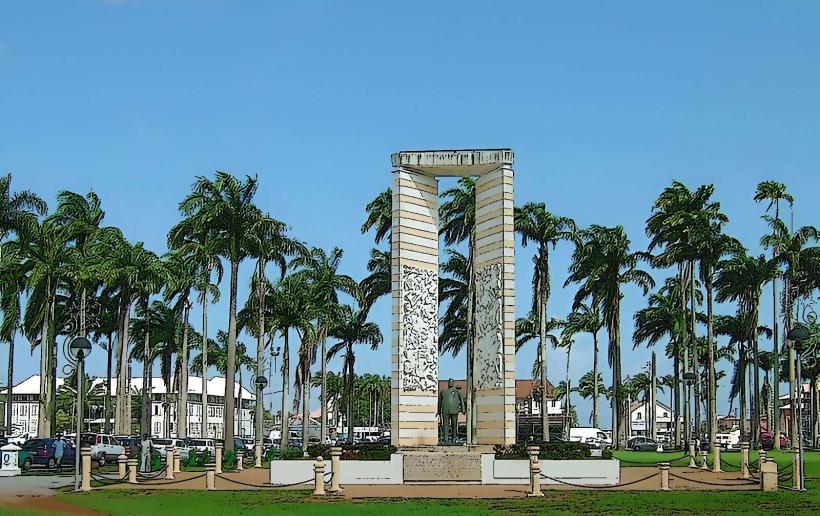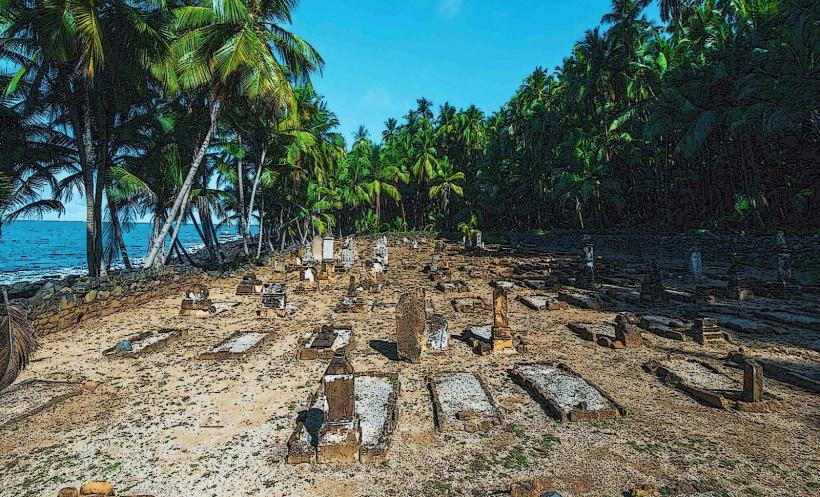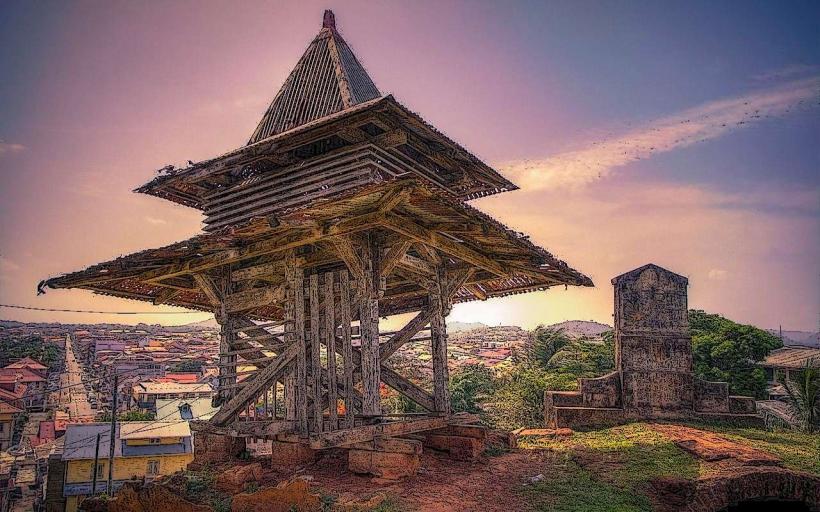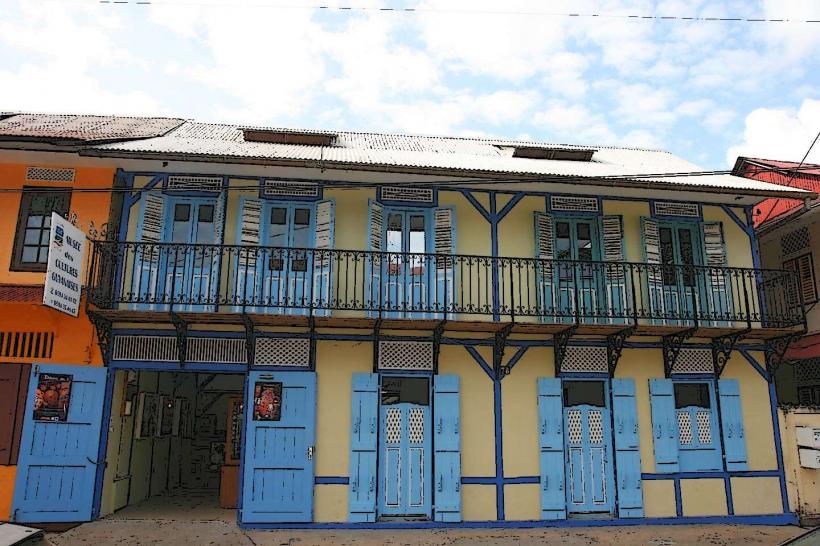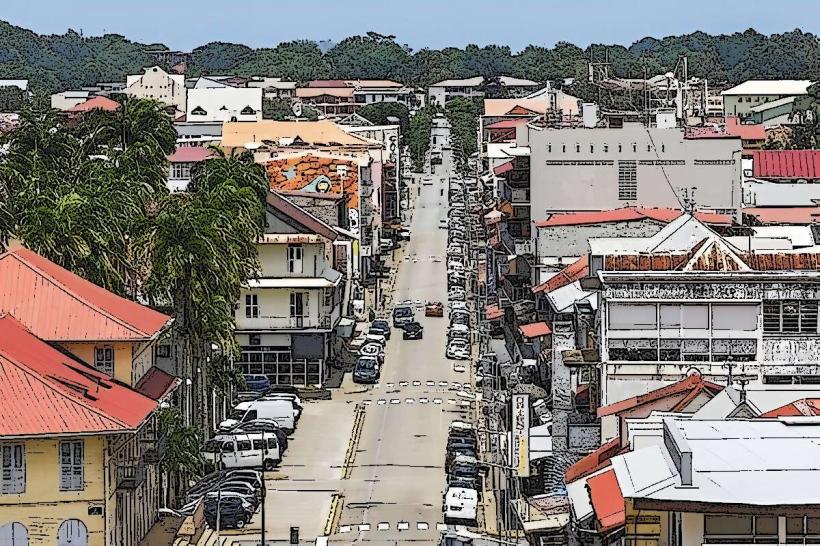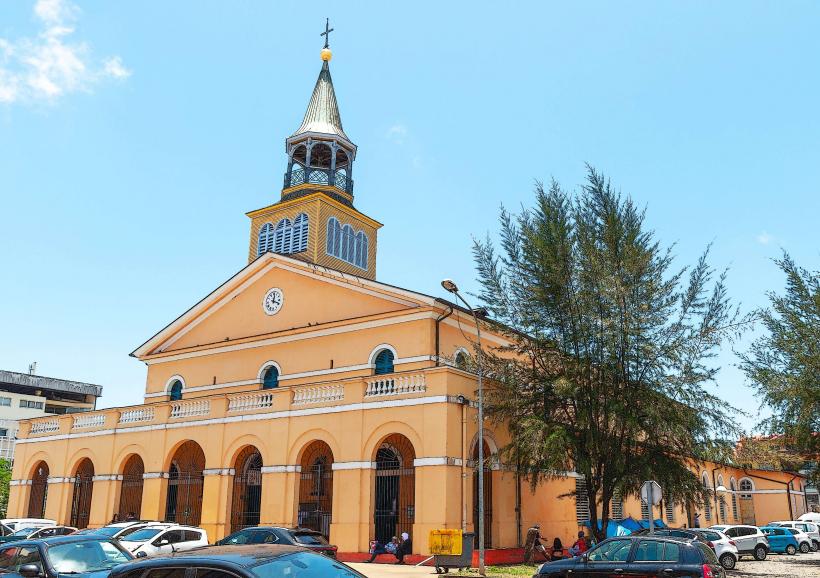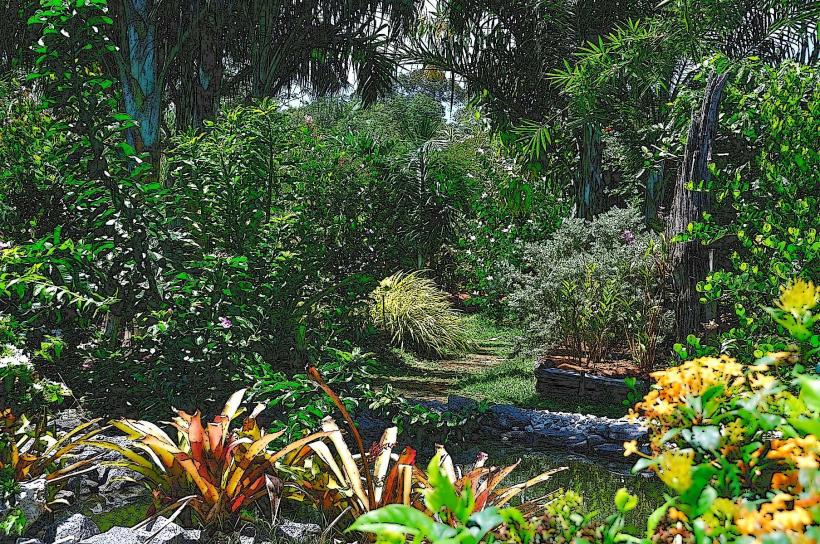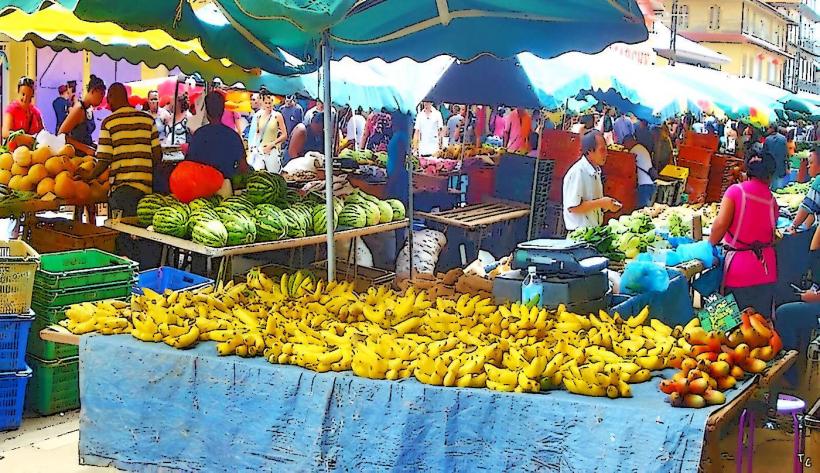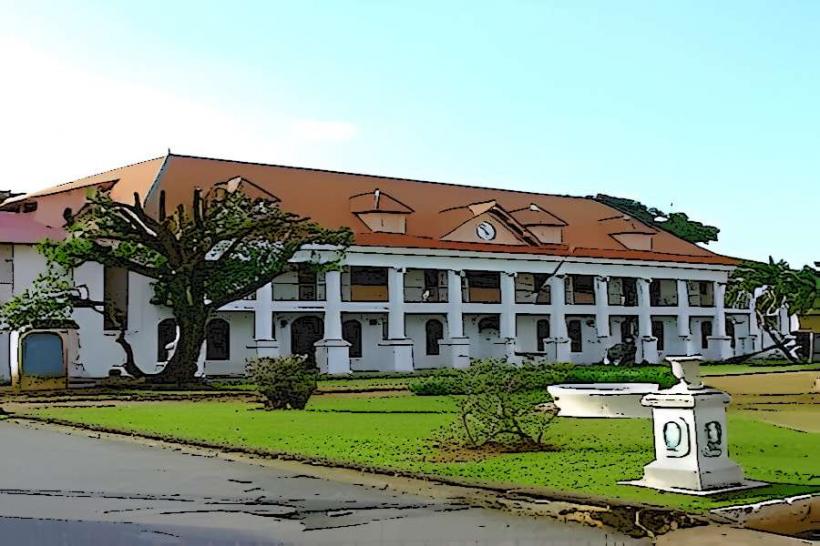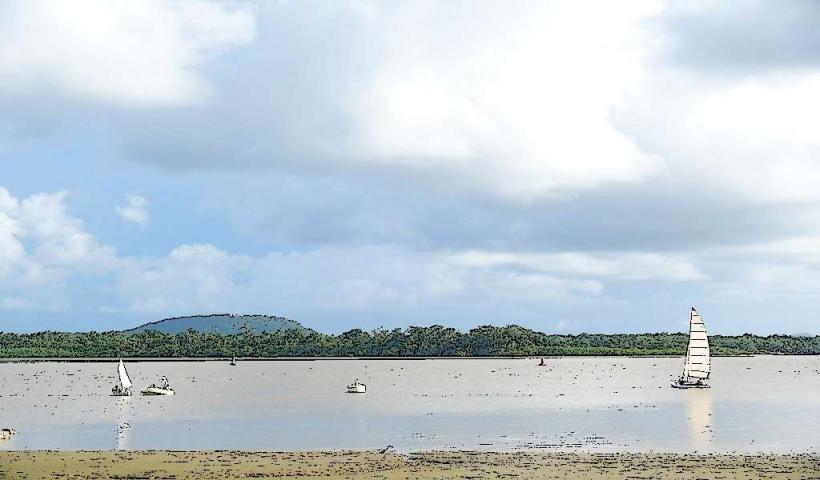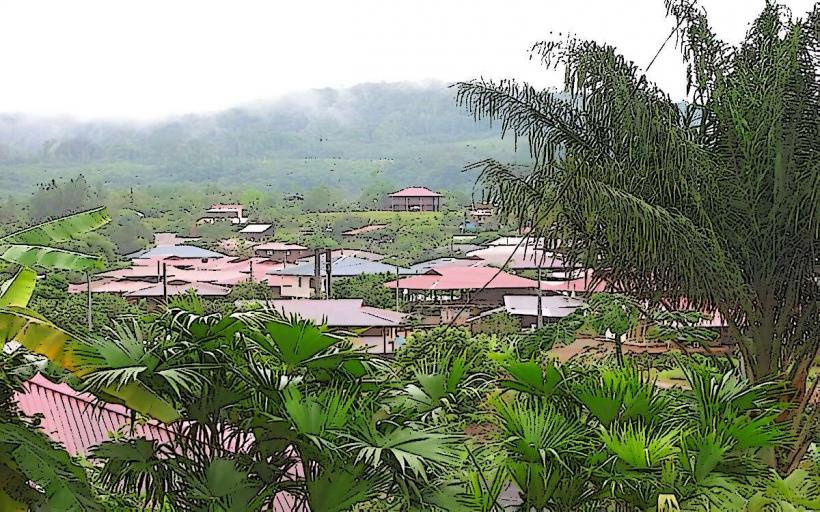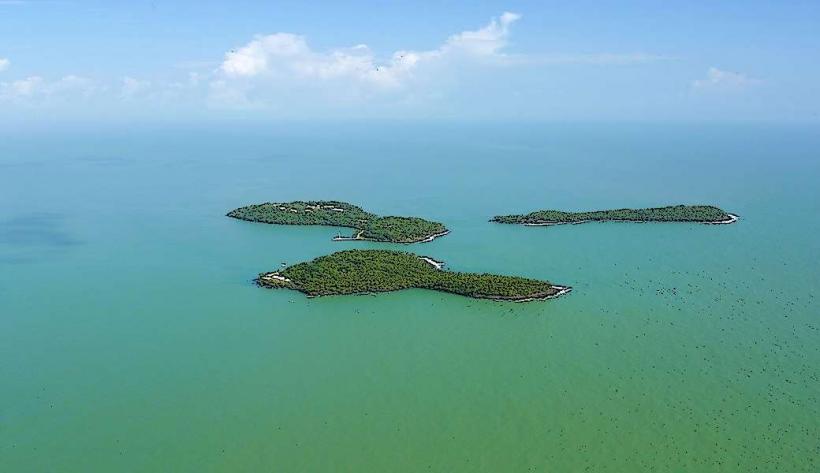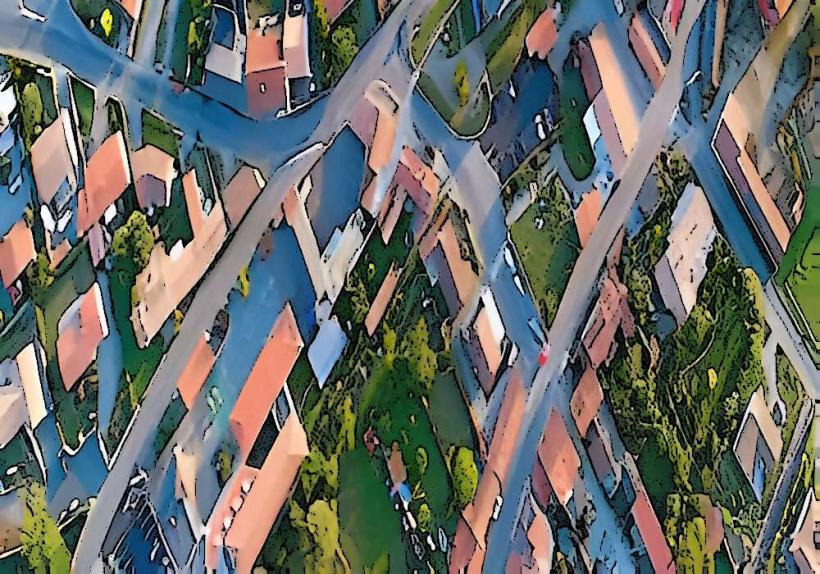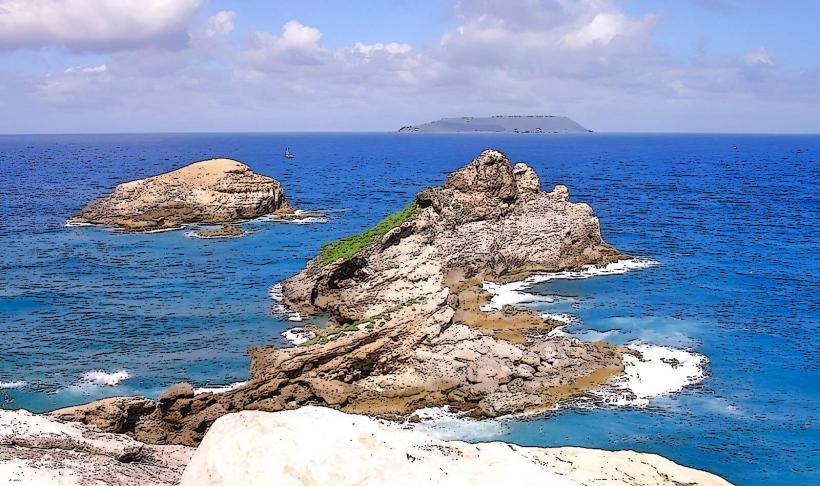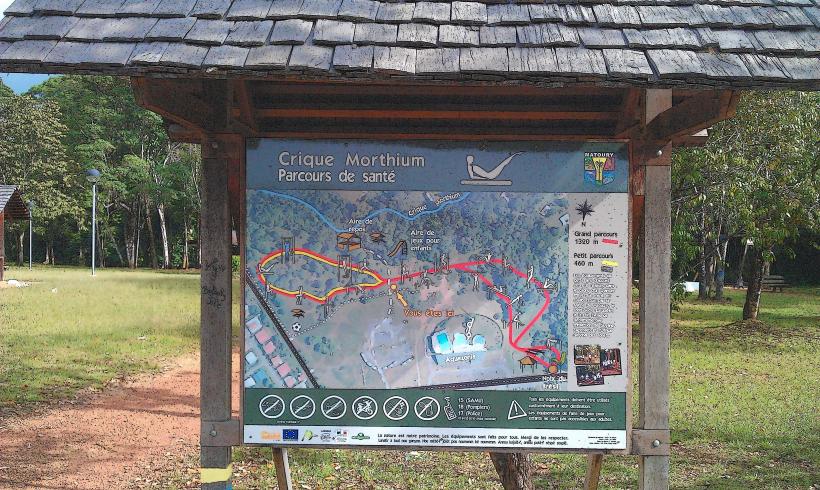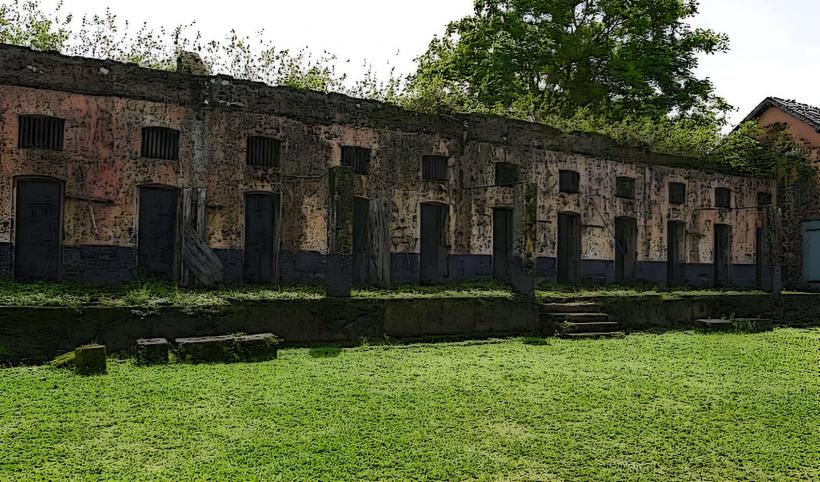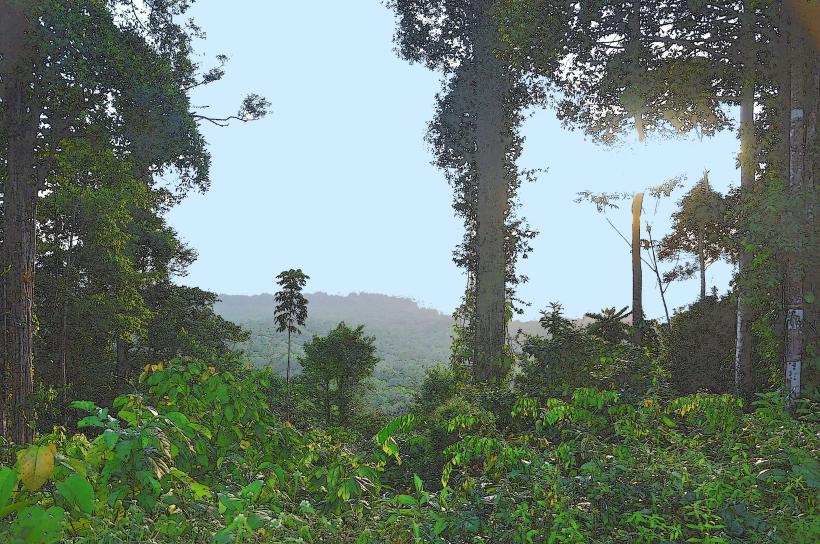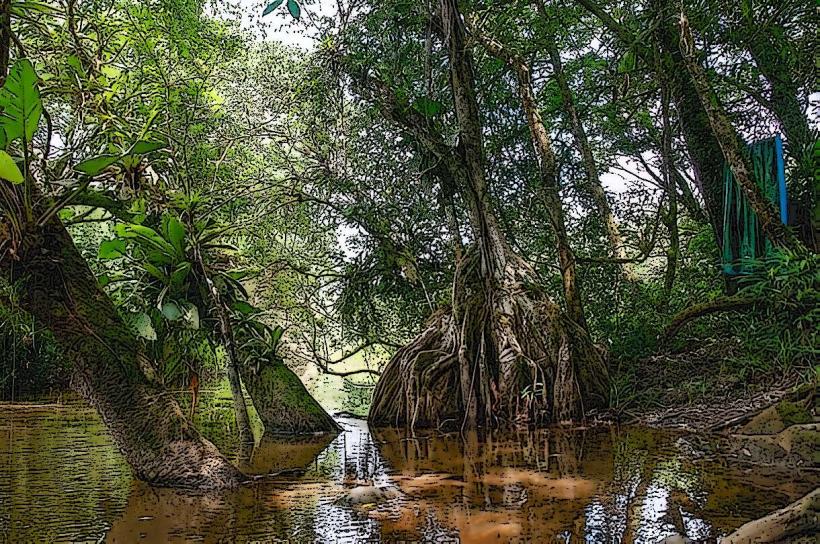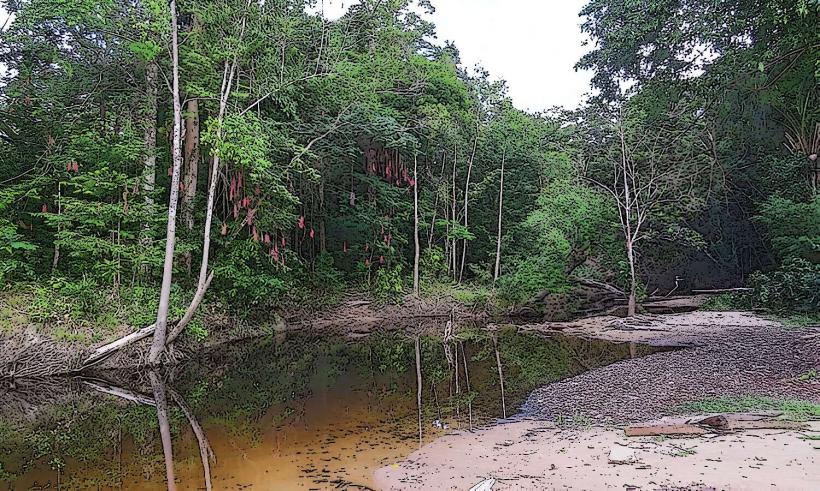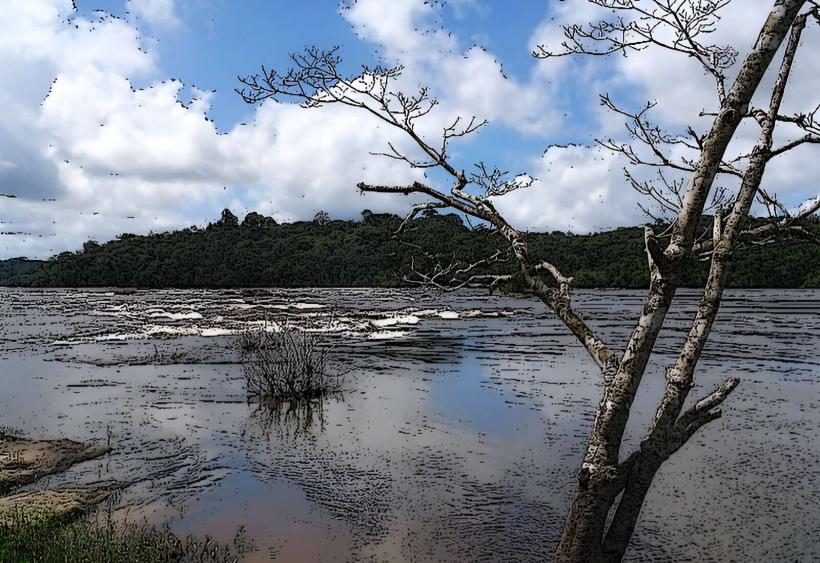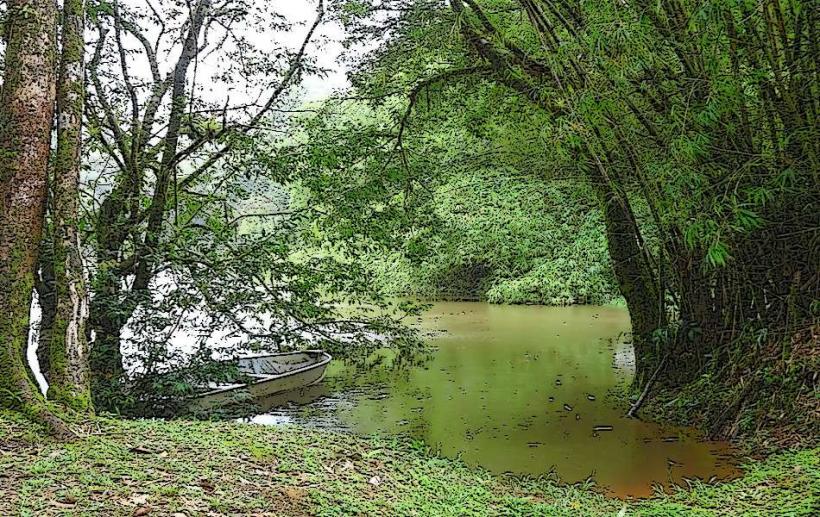Information
Landmark: Kaw MarshesCity: Cayenne
Country: French Guiana
Continent: South America
The Kaw Marshes (French: Marais de Kaw) are a large and ecologically significant wetland area located in the southern part of French Guiana, near the town of Kaw, and are part of the Kaw-Roura region. The marshes cover an area of approximately 9,000 hectares and are situated in a floodplain area near the Kaw River, which flows into the Maroni River.
Geographic Location and Features
The Kaw Marshes are located in the tropical humid zone of French Guiana, close to the border with Brazil. This extensive wetland is characterized by a variety of ecosystems, including:
- Marshes and Swamps: The marshes are a vast network of waterlogged and flooded plains, with channels, ponds, and low-lying areas that are inundated for much of the year. The Kaw Marshes are part of a larger ecosystem of wetlands in the Guiana Shield, which includes diverse habitats.
- Flooded Forests: The region also features seasonally flooded forests, where vegetation is adapted to the periodic inundation.
- Rivers and Streams: The Kaw River, along with smaller streams and channels, provides a constant flow of water through the marshes, contributing to the region’s rich biodiversity.
Ecological Significance and Biodiversity
The Kaw Marshes are a biodiversity hotspot and an important part of the Amazon Rainforest ecosystem. The area is home to an incredibly rich variety of flora and fauna, including species that thrive in wetland habitats, as well as those that use the marshes as stopover points during migration.
1. Flora
The plant life in the Kaw Marshes is adapted to the unique wetland environment, with species that can tolerate waterlogged conditions. Some notable plants include:
- Aquatic Plants: Species such as water lilies, sedges, and rushes grow in the marshy areas, providing important food sources and habitat for wildlife.
- Mangroves and Riparian Vegetation: The marshes are bordered by areas of mangrove forests in some parts, as well as riparian vegetation along the river channels, which help stabilize the banks and provide habitat for various species.
2. Fauna
The Kaw Marshes are home to a wide range of wildlife, especially species that thrive in wetland environments. These include:
- Birds: The marshes are an important habitat for both resident and migratory bird species. The wetlands are particularly notable for their waterfowl and shorebirds. Species such as the scarlet ibis, herons, egrets, and wood storks are commonly found here. The marshes also support migratory birds that use the region as a stopover point during their long journeys.
- Reptiles: The marshes are home to reptiles like caimans (both black and spectacled caimans), which can be seen basking on the shores or lurking in the water. The green anaconda, one of the largest snake species in the world, also inhabits the region.
- Amphibians: The humid, wet conditions of the marshes provide an ideal environment for amphibians, including various species of frogs and toads.
- Mammals: While less common, mammals such as otters and capybaras are found in the marshes, as well as howler monkeys and agoutis in the surrounding forested areas.
- Fish: The waterways in the Kaw Marshes host a range of fish species, including piranhas, catfish, and tetras, which are adapted to the slow-moving waters of the wetland environment.
- Insects: As with most wetland habitats, the Kaw Marshes are teeming with insects, including mosquitoes, dragonflies, and water beetles, which play a key role in the ecosystem as pollinators and prey for other animals.
3. Endangered Species
The Kaw Marshes also provide a refuge for some endangered species, including:
- The giant river otter (Pteronura brasiliensis), a species that is endangered due to habitat loss and hunting, finds a safe haven in the marshes.
- The jaguar (Panthera onca), which is found in the surrounding forests, occasionally ventures into the marshes in search of prey.
Human Interaction and Protection
The Kaw Marshes are part of the Réserve Naturelle des Marais de Kaw (Kaw Marshes Nature Reserve), which was established to protect the unique ecosystems and biodiversity of the area. This designation as a protected area helps mitigate human impacts, but some challenges remain:
1. Conservation Efforts
The Kaw Marshes Nature Reserve is managed by Parc Amazonien de Guyane (Amazonian Park of Guyane), which works to protect the wetland habitat and the species that depend on it. The main goals of the reserve’s management include:
- Monitoring and research on the biodiversity of the marshes to ensure that conservation efforts are targeted and effective.
- Prevention of illegal activities such as hunting, logging, and fishing, which can harm the delicate wetland ecosystem.
- Environmental education and awareness campaigns to inform both locals and visitors about the importance of preserving the marshes.
2. Tourism and Ecotourism
The Kaw Marshes attract ecotourists and birdwatchers who come to observe the region's wildlife and the stunning natural landscapes. Visitors can take boat tours through the marshes to explore the waterways and observe the diverse flora and fauna. Ecotourism is seen as a way to generate economic benefits for the local population while promoting the conservation of the environment.
However, ecotourism must be carefully managed to ensure that it does not negatively impact the delicate ecosystems of the marshes. Efforts are made to ensure that tourism activities are sustainable and do not disturb wildlife or degrade the environment.
3. Threats and Challenges
Despite its protected status, the Kaw Marshes face several threats:
- Illegal Activities: Illegal gold mining and fishing in the area can lead to habitat destruction, pollution, and disturbance of wildlife.
- Climate Change: Rising sea levels and changes in precipitation patterns due to climate change pose a potential threat to the marshes and the species that depend on them. Changes in water levels could alter the structure of the wetlands and affect species that are adapted to specific conditions.
- Invasive Species: Invasive plant and animal species can disrupt the delicate balance of the marsh ecosystem. Non-native species may outcompete or prey on native species, altering the food chain and threatening local biodiversity.
Conclusion
The Kaw Marshes are a vital and ecologically rich wetland area in French Guiana, serving as a haven for diverse wildlife, including numerous bird species, reptiles, amphibians, and mammals. The marshes are critical to the health of the region's ecosystem, providing valuable services such as carbon storage, water filtration, and flood regulation. Through conservation efforts, sustainable tourism, and effective management, the Kaw Marshes Nature Reserve plays an important role in protecting the biodiversity of this unique wetland environment, which is a vital part of the greater Amazon ecosystem. However, the marshes face ongoing challenges from illegal activities, climate change, and invasive species, which require continued attention and action to preserve their ecological integrity.

